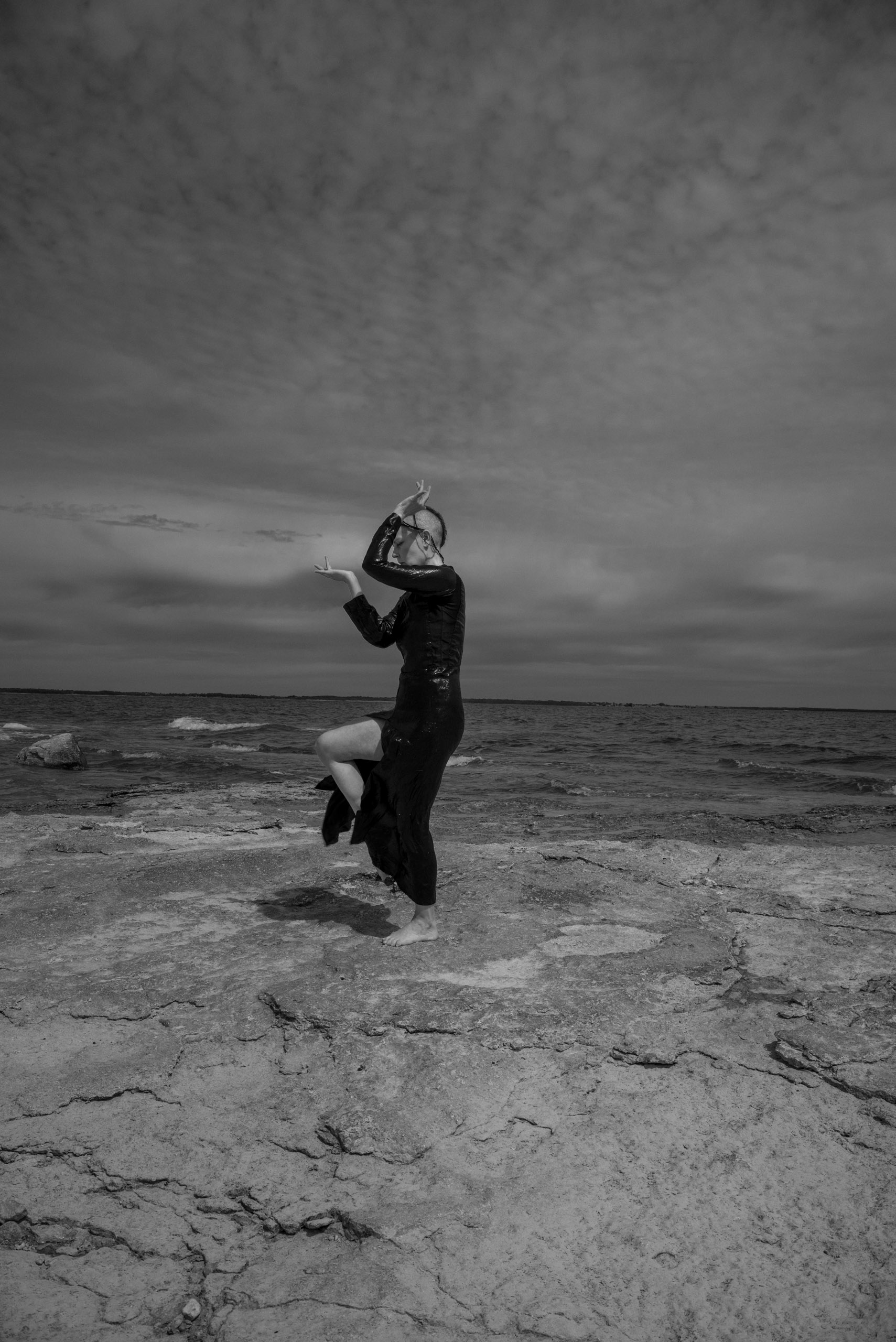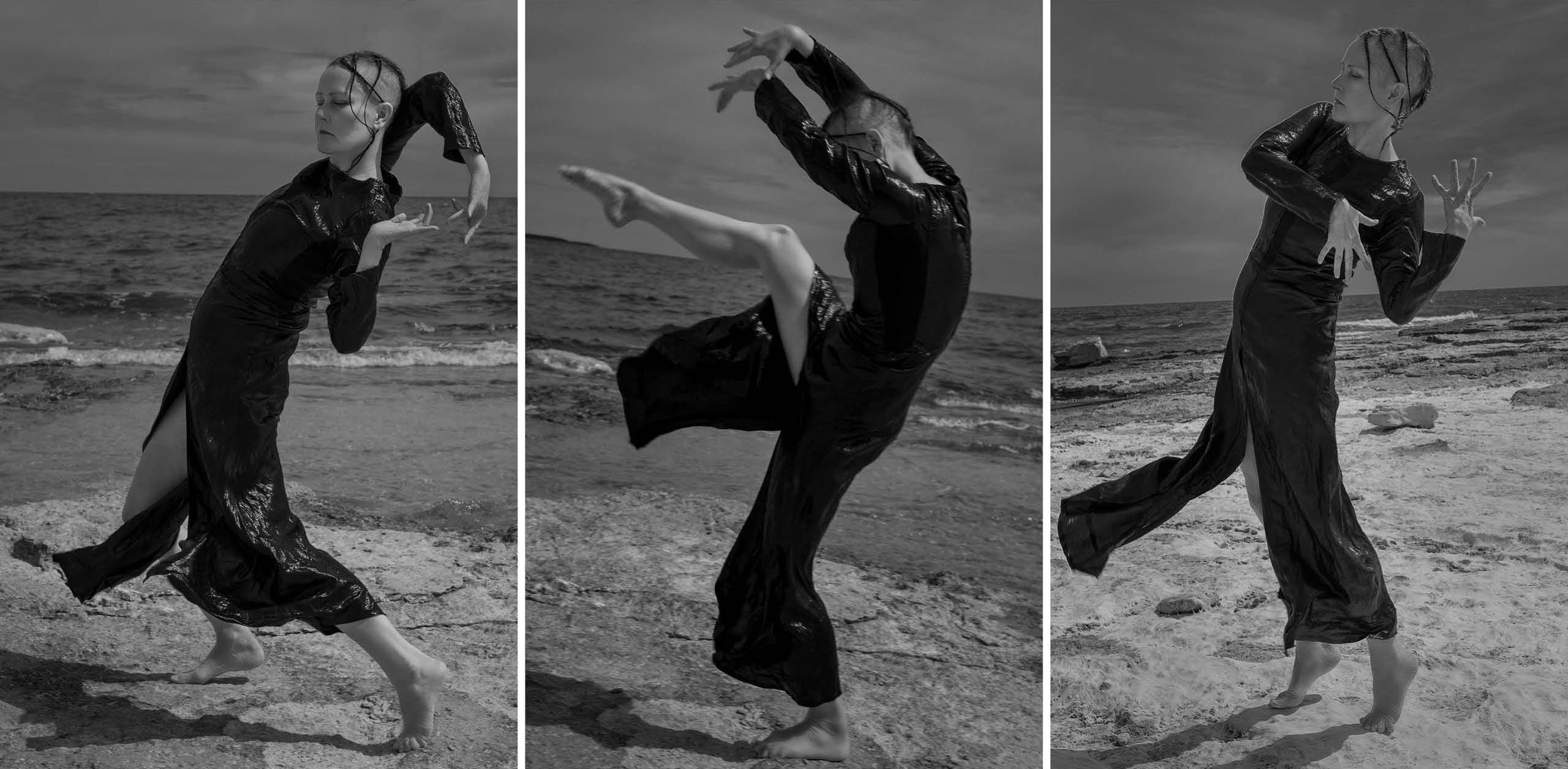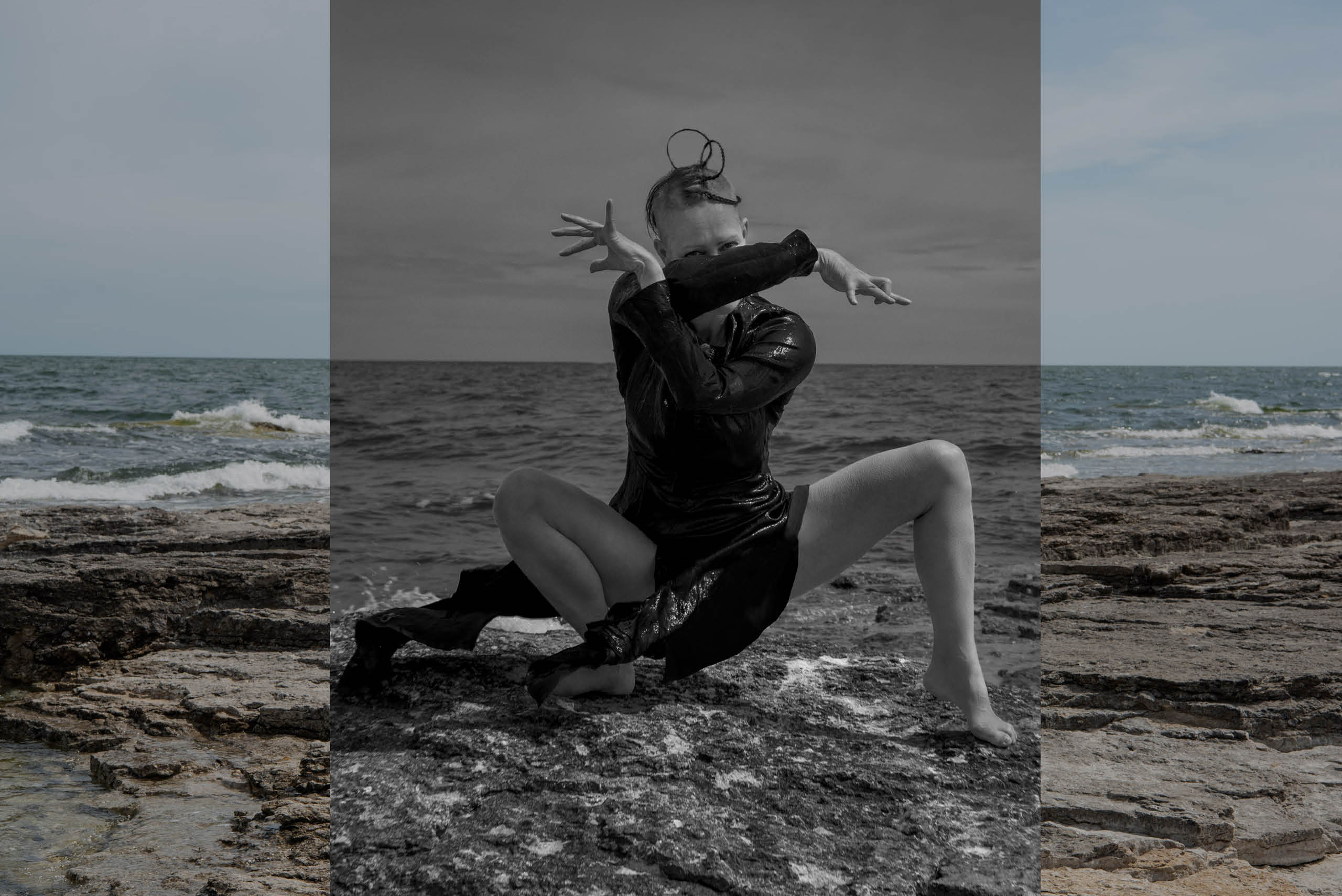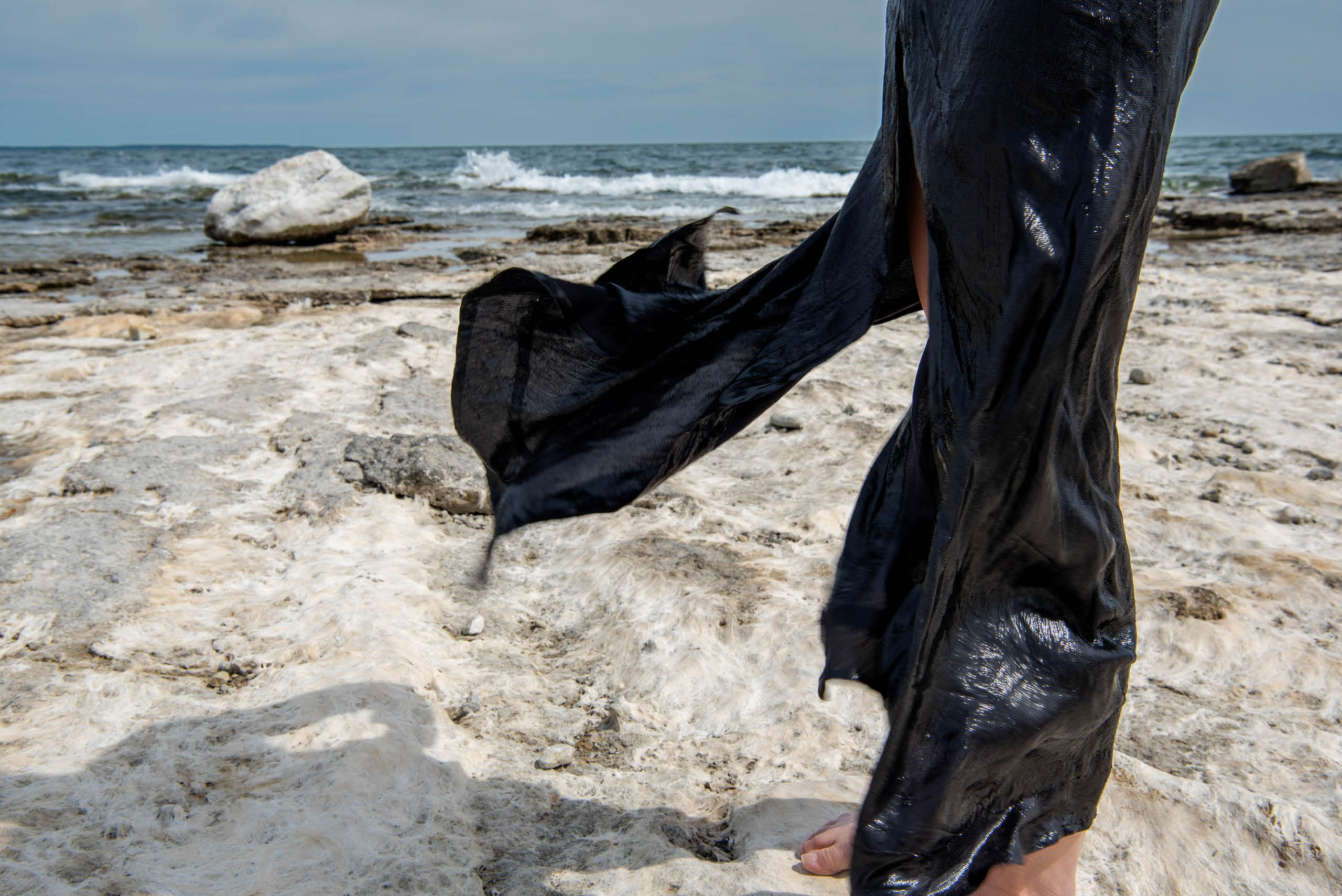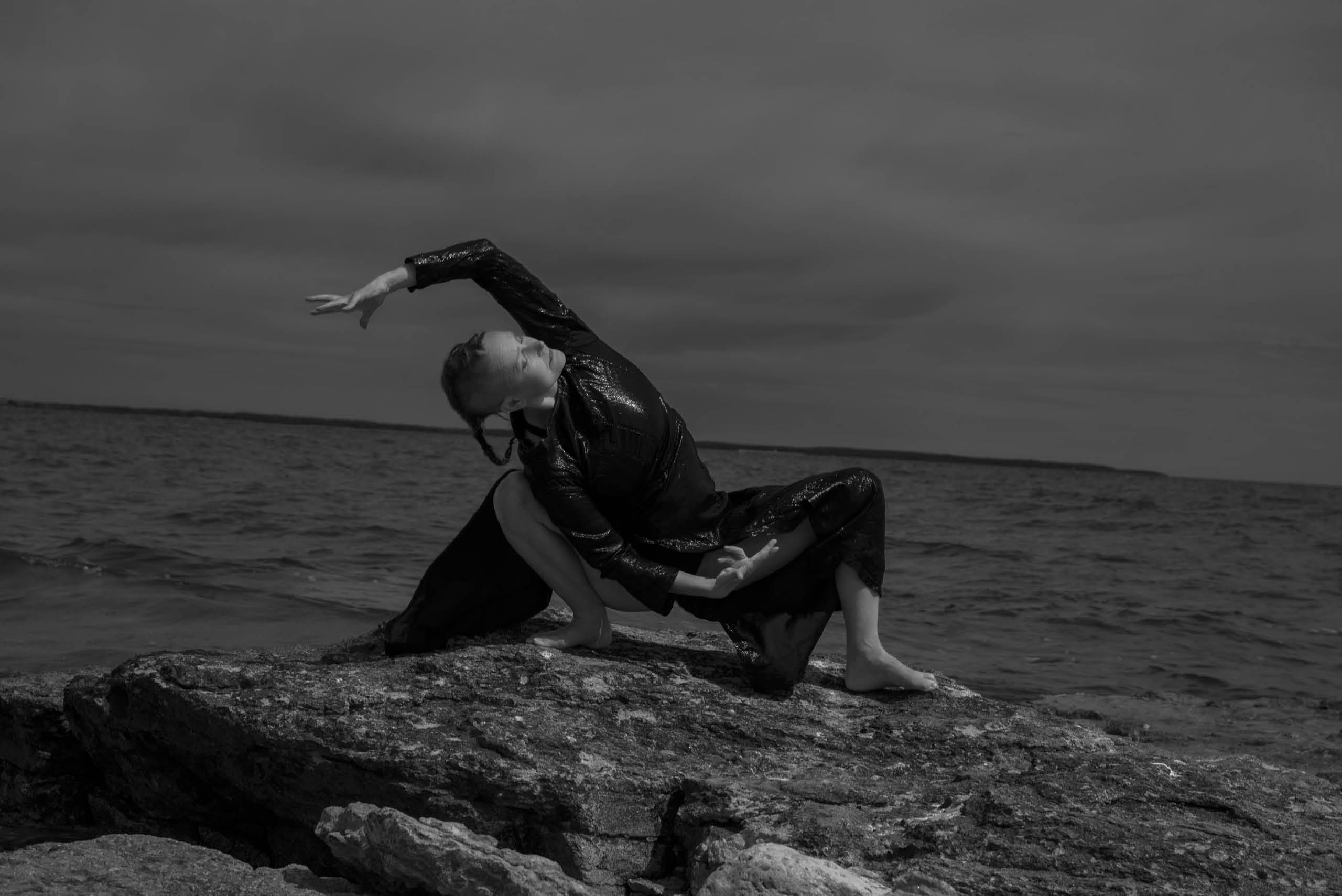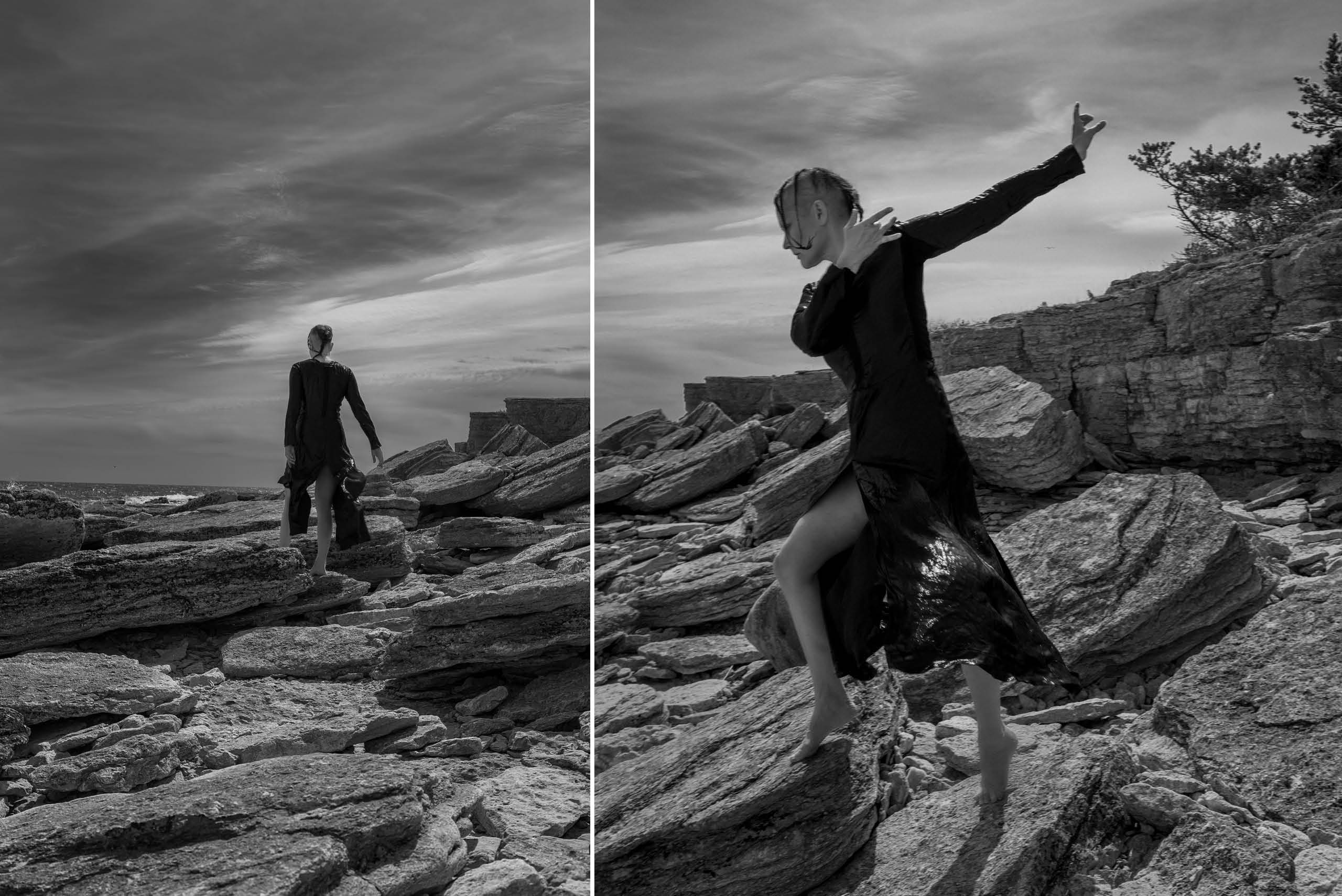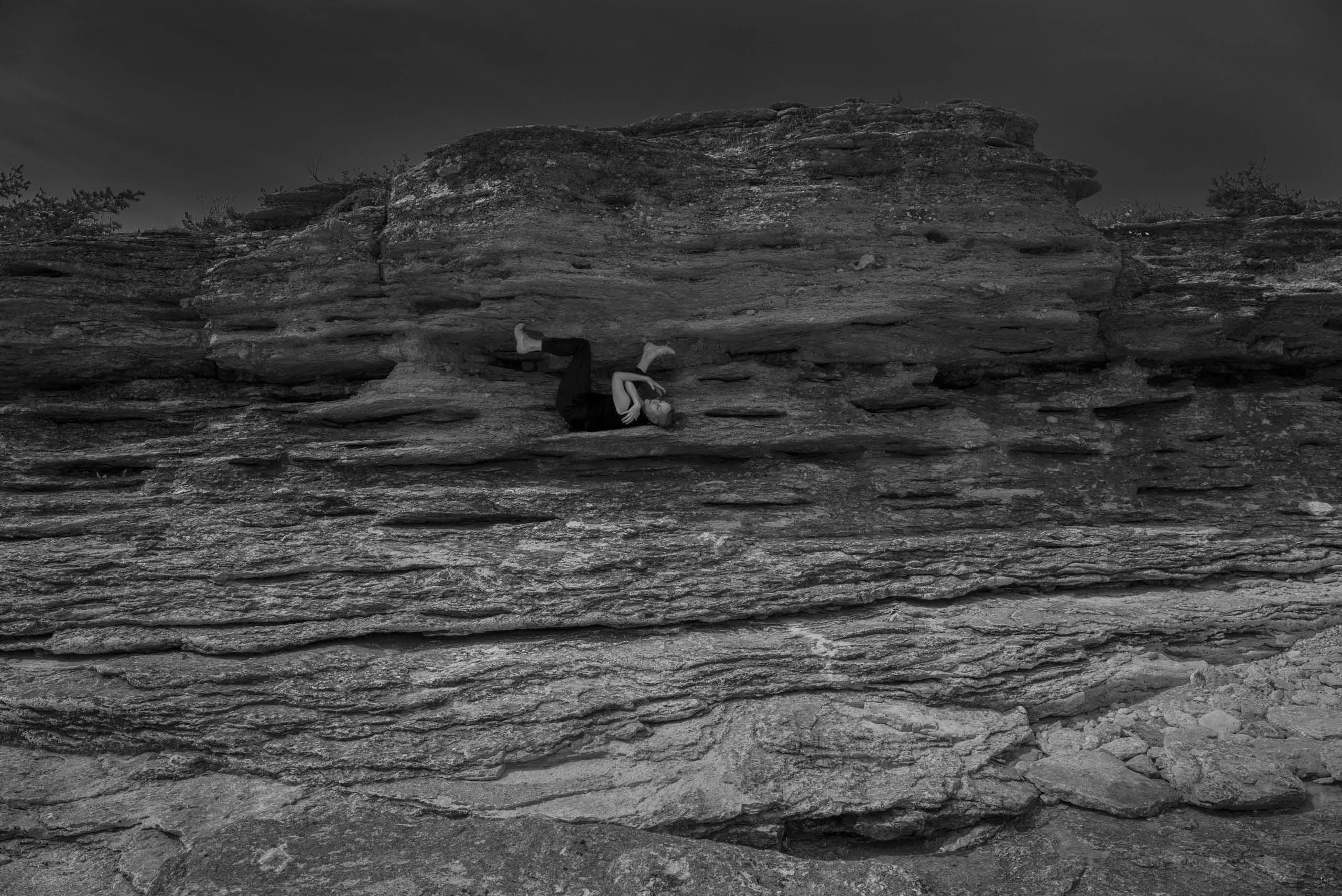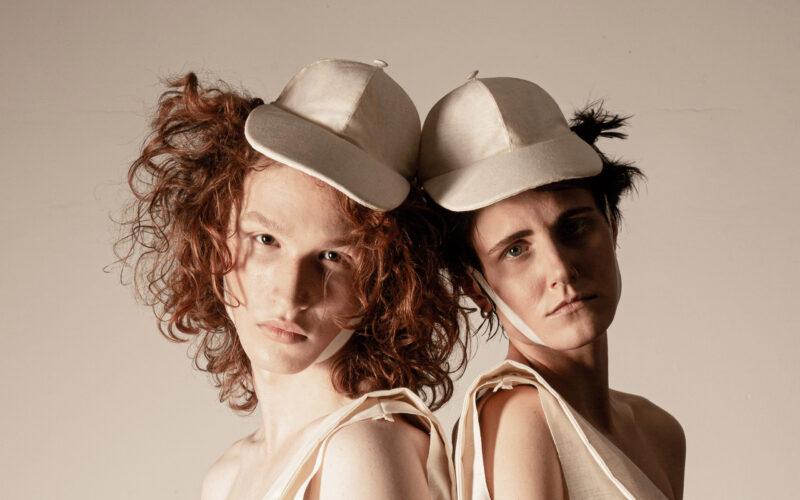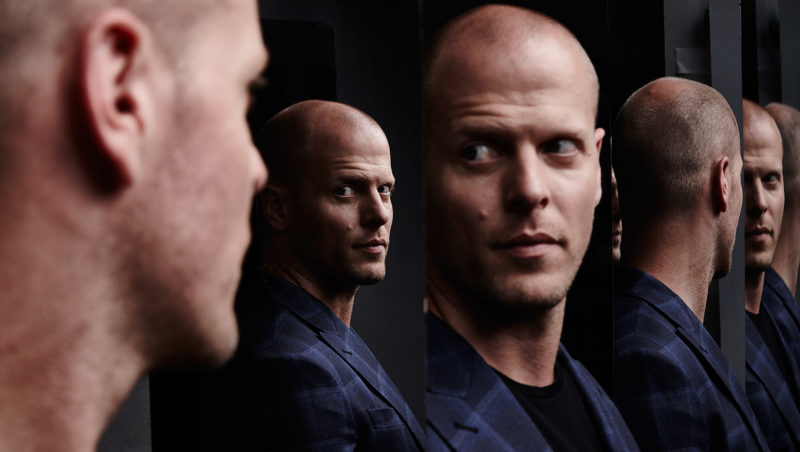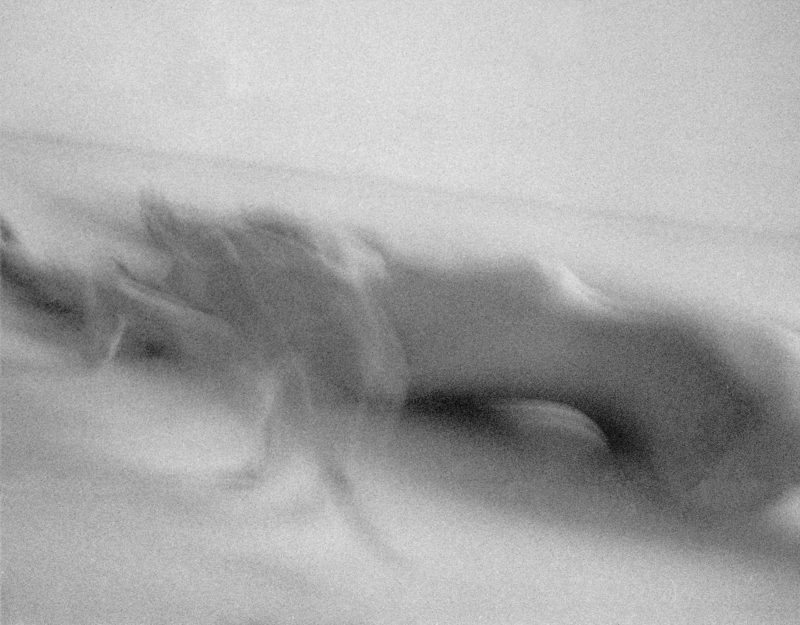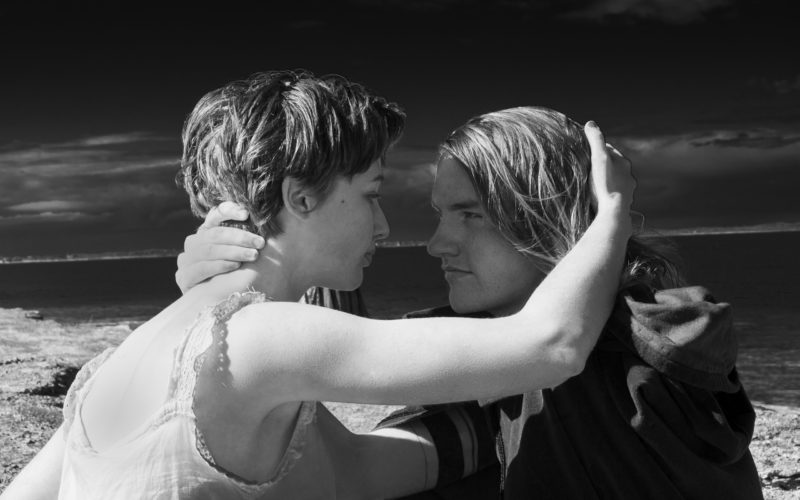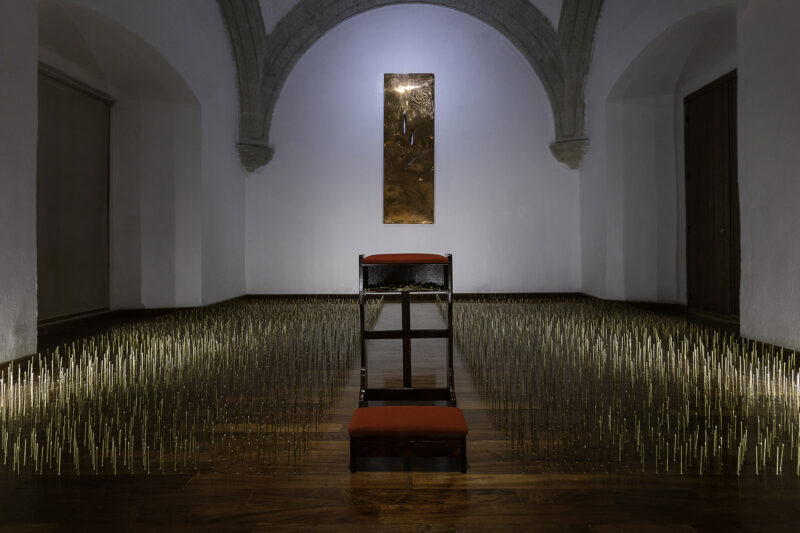interview & photography by FLORENCE MONTMARE
PRELUDE
FÅRÖ ISLAND, SWEDEN
Ingmar Bergman’s residence next to the Baltic Sea, hidden away on the shore, away from distraction and convenience. I am invited to be an artist in residence. It is a chance to study the mise-en-scène of an auteur who staged interior psychological dramas and whose work touched upon escapism, fantasies and dreams.
In a society where neutrality, secularism and individualism rules, the relationship to nature is an almost religious way to find connection. A utopian dream of coexisting in harmony with nature, a relationship that is both contradictory and exclusive.
I meet VIRPI PAHKINEN, one of Scandinavia’s most successful solo dancers. We talk about rites and rituals and the landscape and get in the car for an impromptu private performance session for the camera. We arrive at my favorite spot, the beach where Persona was filmed in the ‘60s by director Ingmar Bergman. The landscape directs her movements, like an incantation. A silent prayer.
I practiced to forget God.
FM: How did your journey as an artist begin?
VP: I always felt that I was creative but it took a while before I understood it was dance I should focus on. At an early age I wanted to write criminal novels, then I moved on to designing clothes and playing classical piano.
At that time, in Jyväskylä in Finland where I grew up, there was absolutely no chance to see any contemporary or ballet performances. I saw Carolyn Carlsson’s Blue Lady on TV and that opened up a space in my soul I had not imagined could exist.
When I was ten years old I had a lot of existential thoughts about God and I also suffered severe asthma. Instead of listening to the doctor’s advice to stay away from the school gymnastic lessons, I did the opposite. I started rigorous physical exercise such as gymnastics and figure skating, and realized that it was not only helping for my respiratory problems, but it was also a relief from ubiquitous pondering over the meaning of our existence.
By doing physical practice I could sweat out these anxious thoughts. I practiced to forget God. Now I feel I have come full circle. To dance is to get a precise contact with the spiritual aspects of life.
My family lived by a lake and one cold winter evening I plowed a square on the ice. I started by tracing eights and hearts, then glided into an arabesque, while adding some arm movements. I tried to figure out the meaning of why I was doing the movements in this specific order.
Perhaps that was my first contact with choreographic thinking. The ice was like a black mirror and the full moon was the only source of light. There I was, alone and freezing, but at the same time I felt connected to the universe. The nebulas above were welcoming my sitting pirouette, embracing me with its galactic arms.
FM: What role does private rituals play in people’s lives today?
VP: People are longing for rituals. Many people are restless and anguished without knowing what their inner wishes are. Since our society is secularized it can be frightening to enter a church for a private meditation.
We all need space and time from the everyday grind, from the information overload, from the digital stress. A good techno club can make you shake to trance. This may be today’s possibility to connect with the right hemisphere of the brain, the part that goes beyond words and sees the world as one.
FM: Can you talk about spirituality and relationship to nature in Scandinavia?
VP: Historically there has been a strong connection to nature, as people used to live in the countryside and the city life was not so developed. People have a view of Scandinavians as being close to nature, since our design approach emphasizes natural materials. Sadly, we have lost that genuine contact with our natural environment. What remains are soft tone photographs on our coffee tables in our stark white minimalist living spaces.
Not many people are involved in shamanistic activities in deep forests. With the pandemic pushing people to despair and allowing them time to think, people might find their way back to nature, to listen to its wonders and rediscover their respect for it. As you learn to marvel at nature, you reawaken your spirituality.
FM: Can we talk about rituals, incantations and rites in relation to the body?
VP: Dance can offer a sacred space for the audience. The ritual guides us to connect with our thoughts that are beyond words.
Today reading Leonard Shlain’s book The Alphabet versus the Goddess, I stumbled over the quote from The Gnostic Gospel of Philip. Jesus intoned: ”He who does not dance does not know what happens. Now if you follow my dance, see yourself in Me who is speaking.”
FM: How did your piece Prayer come about?
VP: I found a cream white pleated silk fabric and wrapped it around me and made a simple knot in the back. I started to improvise and slowly some mythical figures showed up from the pleats. An angel turned into a cobra. A mummy became a butterfly.
Choreography is a transformation. Prayer can be performed in dramatic theater lightning, outdoors or in church. It works as a meditation vehicle for the spectator. I also have darker prayers such as Prayer of a Scorpio.
FM: Making these photographs together, how did the Fårö landscape play into it?
VP: It is a harsh and beautiful landscape. Working together was very special and great fun, you were so fast in every move and decision.
Paradoxically we had so little time while we were in this timeless space. The limestone, the harsh wind and sun made it challenging. But I always love to interact with the forces of nature. It puts me in a new place, beyond the usual control.
That day, I woke up at the hour of the wolf and went to the beach in the golden sunrise. Had I stayed there for a longer period of time I would have been very industrious. It felt like Ingmar Bergman was calling: “Wake up and get to work!”
FM: What inspires your work?
VP: I am chronically inspired, I have many journeys gathered in my nervous system, much beauty and rhythms of nature that are floating around in my veins. Once a year I enjoy a plant guided exploration. Drinking Ayahuasca in the Ecuadorian jungle has given me a kundalini experience and a sense that every joint is filled with the light of God.
INTERLUDE
A series of coincidences
a silent prayer
for the sparrow with the broken wing
movement hieroglyphics
The leftovers of a harpy
whispers dreams, scenarios, private monologues
every moment an eternity
incantation
from Scenes from an Island
by Florence Montmare

